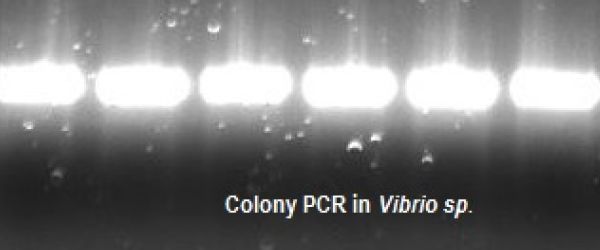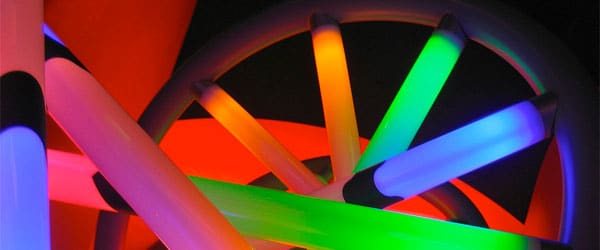One of the great features of PCR is its excellent sensitivity as we know. And many articles describe real-time qPCR as an added leap forward in that sensitivity – to the point where it has become a standard feature of a new assay description
Indeed, I’m currently developing a new qPCR assay to replace a published nested PCR – and showing the two assays have equivalent sensitivity.
However, do I believe qPCR is an inherently more sensitive technique than conventional PCR (in this description, meaning standard agarose gel electrophoresis)? No, I don’t. The issue for me? The comparison is usually apples vs oranges.
Older gel-based assays in the comparisons are often amplifying larger products and with different enzyme systems (i.e. non hot-start) which may be less sensitive. A design rule of qPCR assays traditionally has been to use small amplicon sizes and, of course, it’s a lot easier to complete 100 metres (100bp) in a sprint than 1km (1kb). Even among qPCR chemistries, “but it has a probe in the reaction” is sometimes used as a further claim of increased sensitivity of something like a hydrolysis probe (to be MIQUEy about it) over a dye-based assay such as SYBR Green. Yes, a particular assay may show this increased sensitivity but many SYBR assays are more sensitive than their probe assay version.
Enjoying this article? Get hard-won lab wisdom like this delivered to your inbox 3x a week.

Join over 65,000 fellow researchers saving time, reducing stress, and seeing their experiments succeed. Unsubscribe anytime.
Next issue goes out tomorrow; don’t miss it.
This topic of conventional PCR vs qPCR sensitivity was the subject of an excellent ’round table’ discussion1 and was followed by a paper dedicated to this issue.2
So what did I leave out of the description of the assay development at the beginning of this note? Well, the published nested PCR uses Taq, has a 1200bp first-round assay, and an almost 900bp second round. I’m comparing that to a 75bp real-time qPCR assay.
So what would happen if I ran the 75bp assay on a conventional gel-based platform using similar enzymes and buffer systems as the qPCR master mix? Well, I did – and in this instance, the 75bp assay showed equivalent sensitivity by bands on a gel as fluorescent curves on a screen. However, it is worth repeating, in this instance.
But hey, a 45-minute qPCR beats a nested PCR protocol for me any day! Tell us about your examples of PCR sensitivity comparisons? Do you feel one platform or chemistry is more sensitive?
References
1Experts Roundtable: Real-time PCR and microbiology. In Real-time PCR in microbiology: from diagnosis to characterisation? ed: Ian M. Mackay. Caister Academic Press
2J. Clin. Microbiol. 2008 Jun;46(6):1897-900.
You made it to the end—nice work! If you’re the kind of scientist who likes figuring things out without wasting half a day on trial and error, you’ll love our newsletter. Get 3 quick reads a week, packed with hard-won lab wisdom. Join FREE here.








